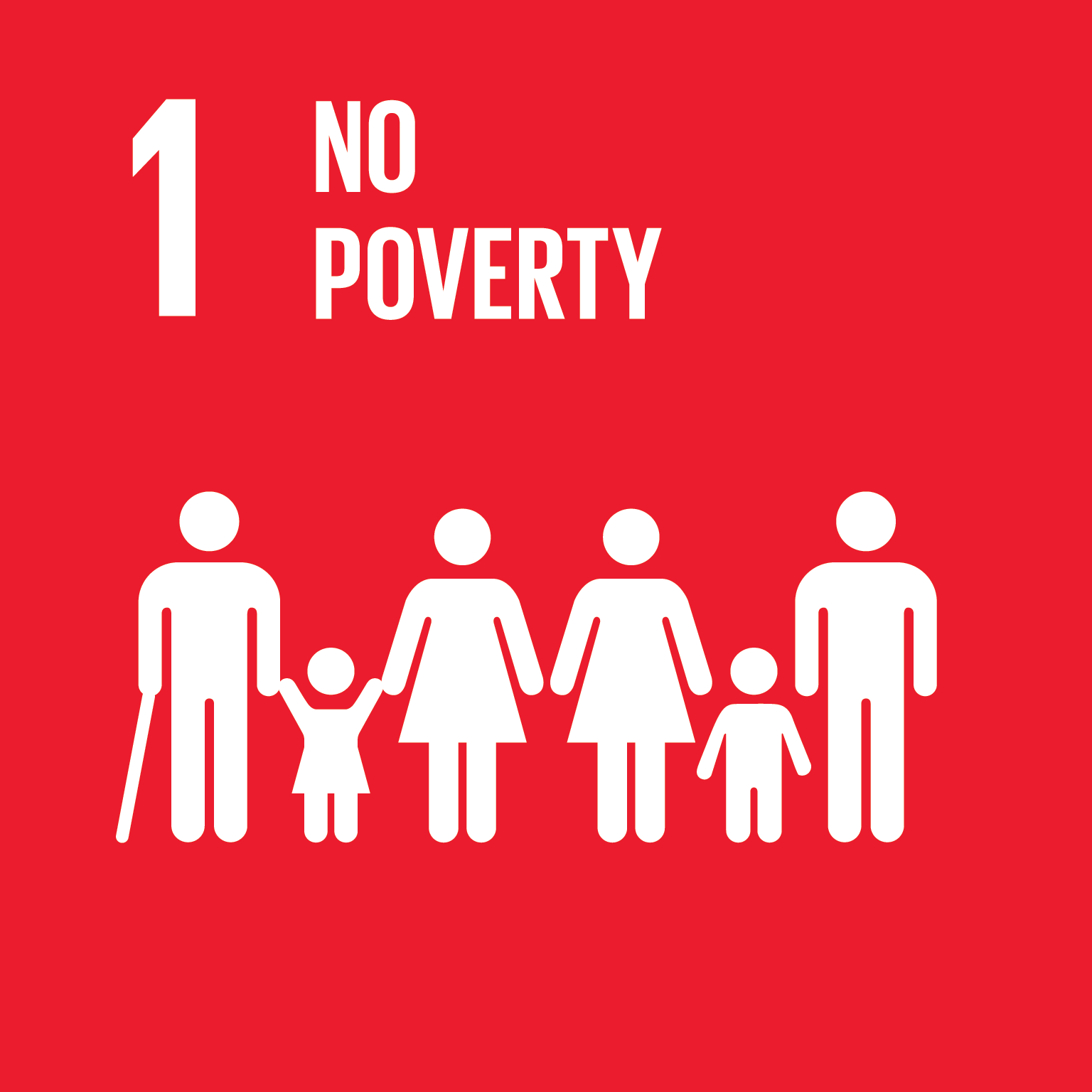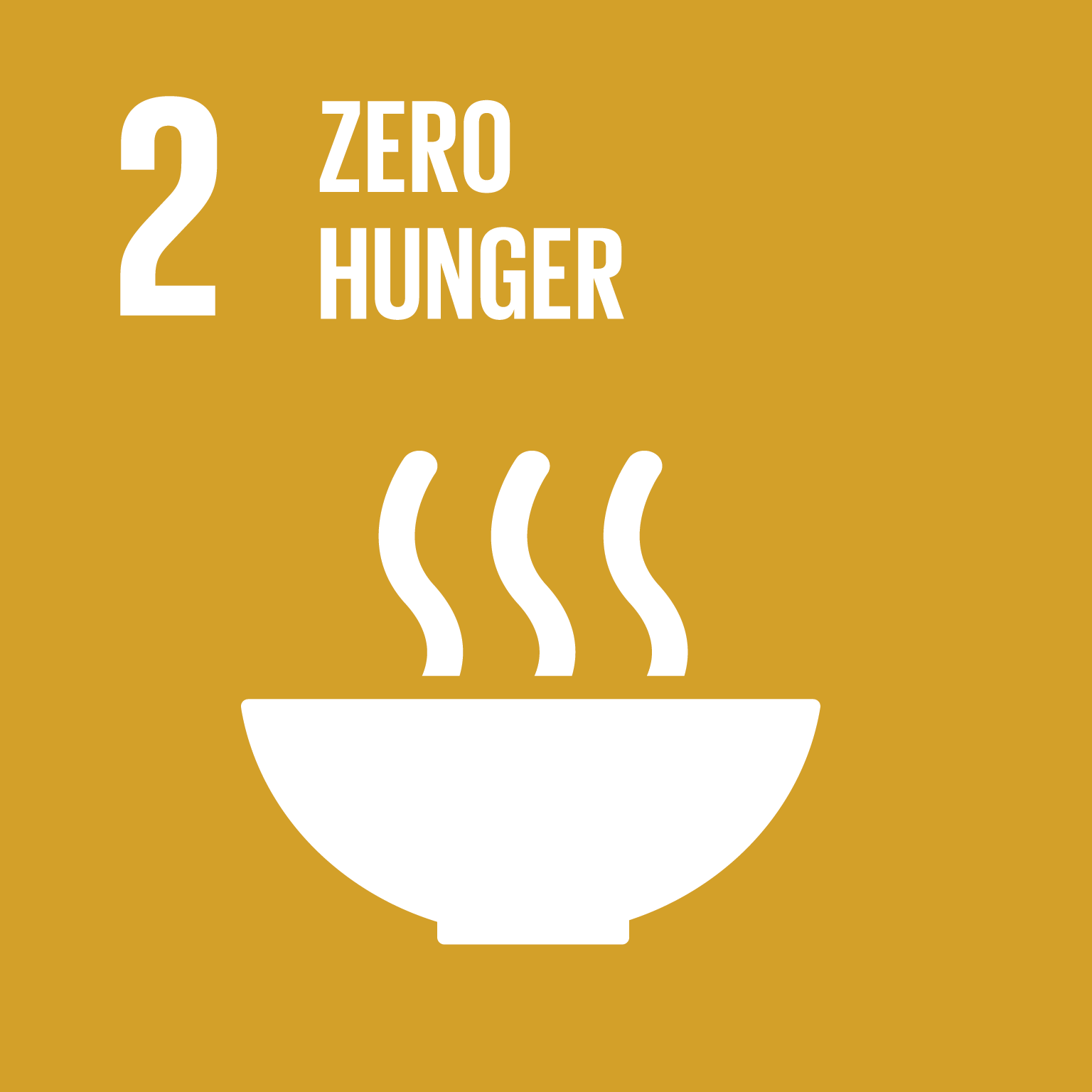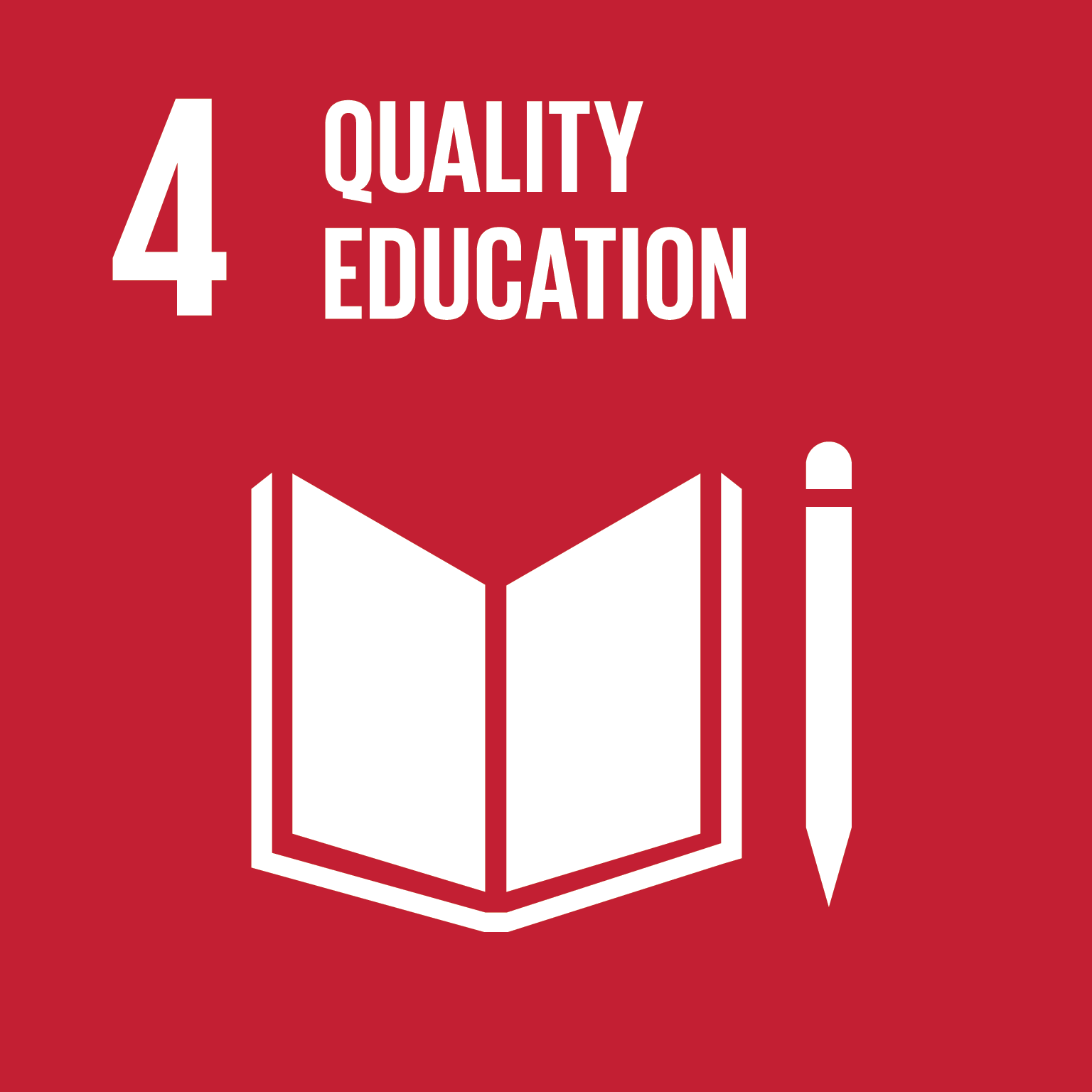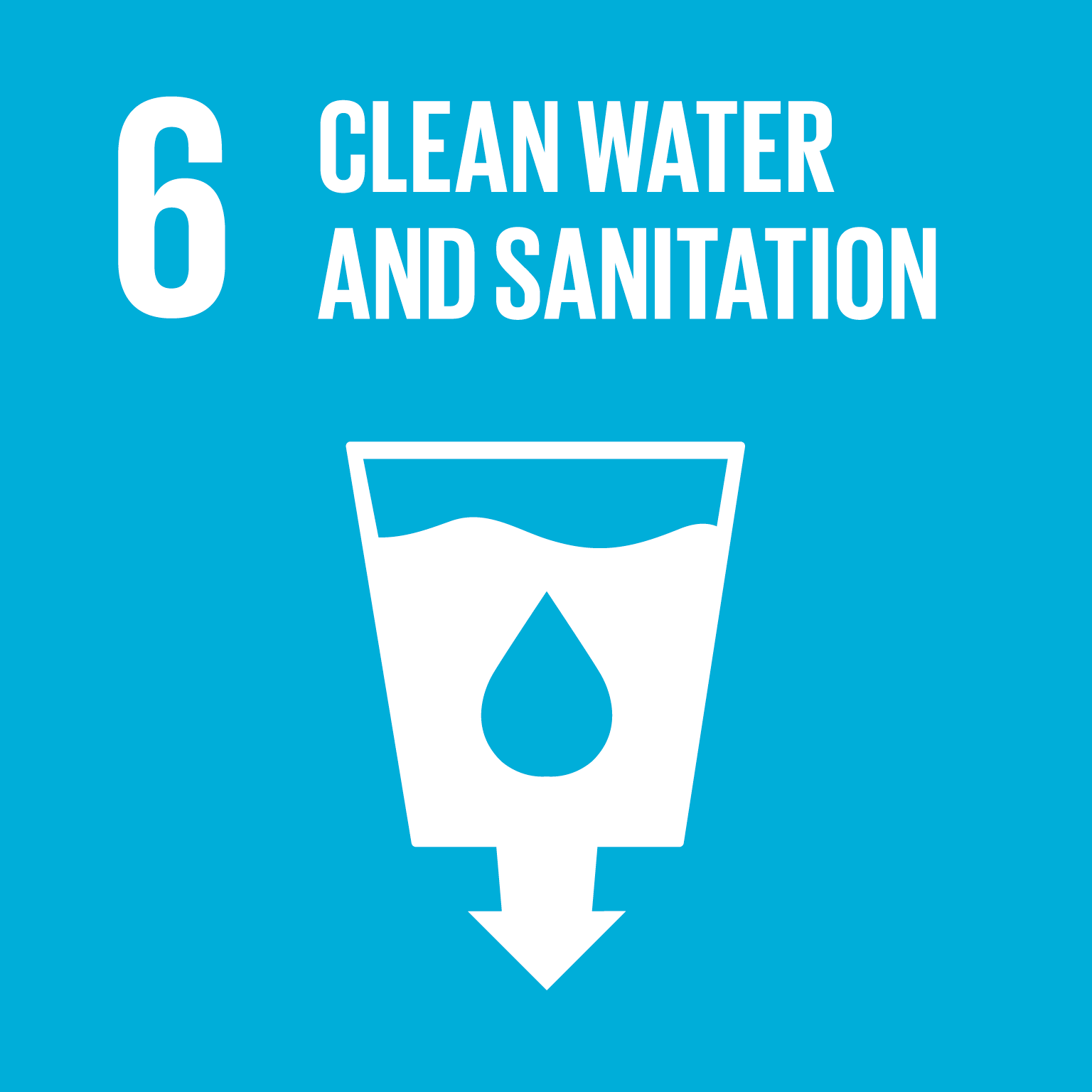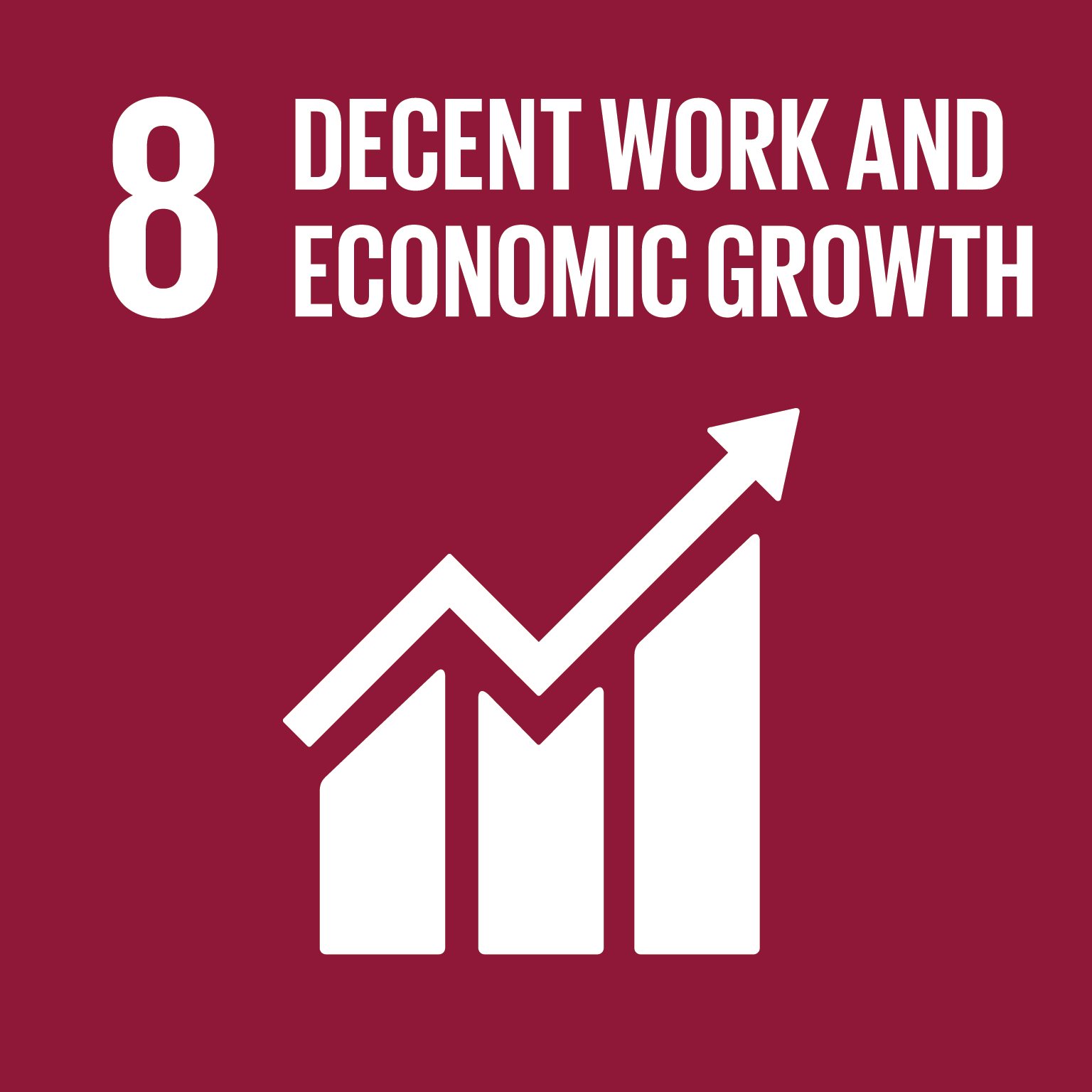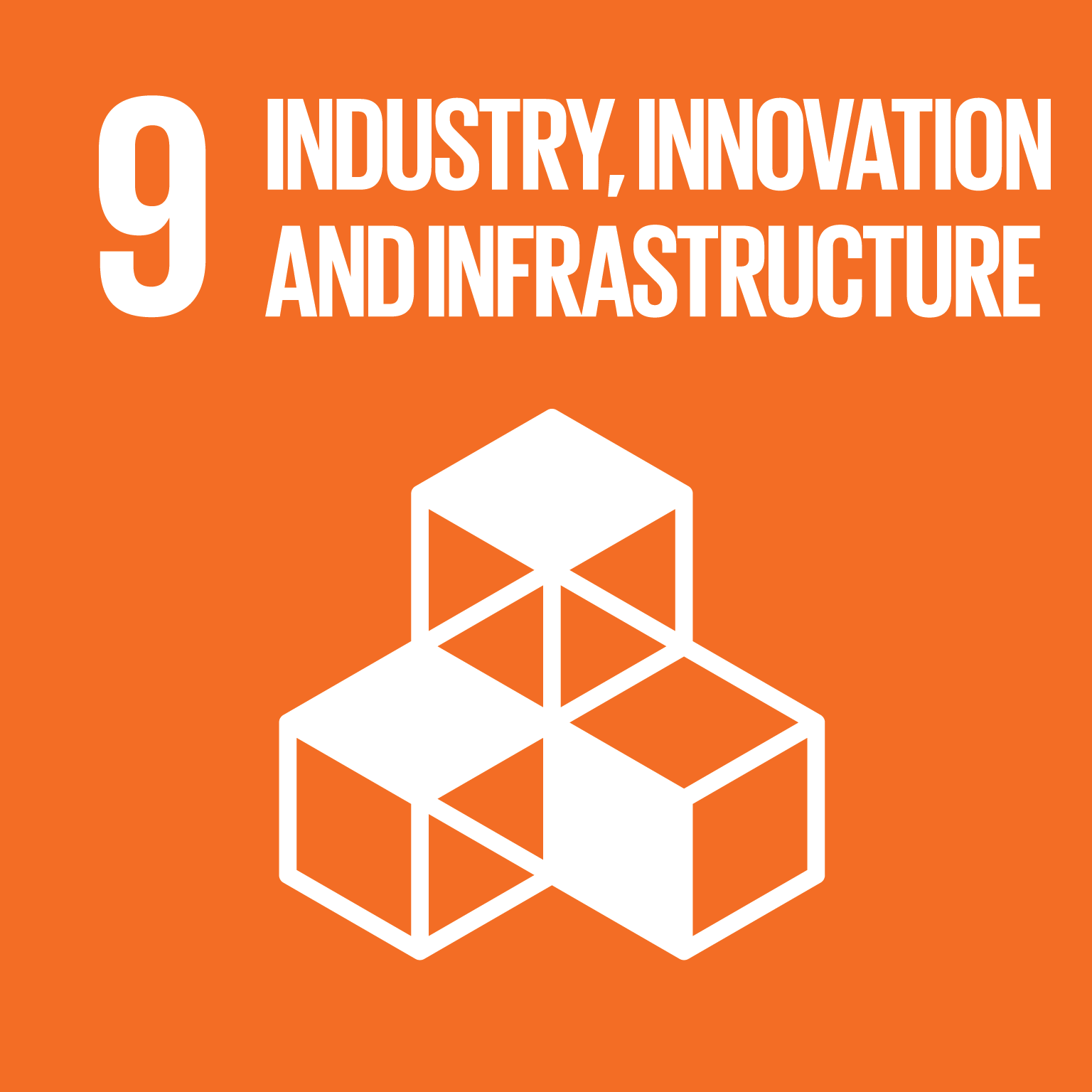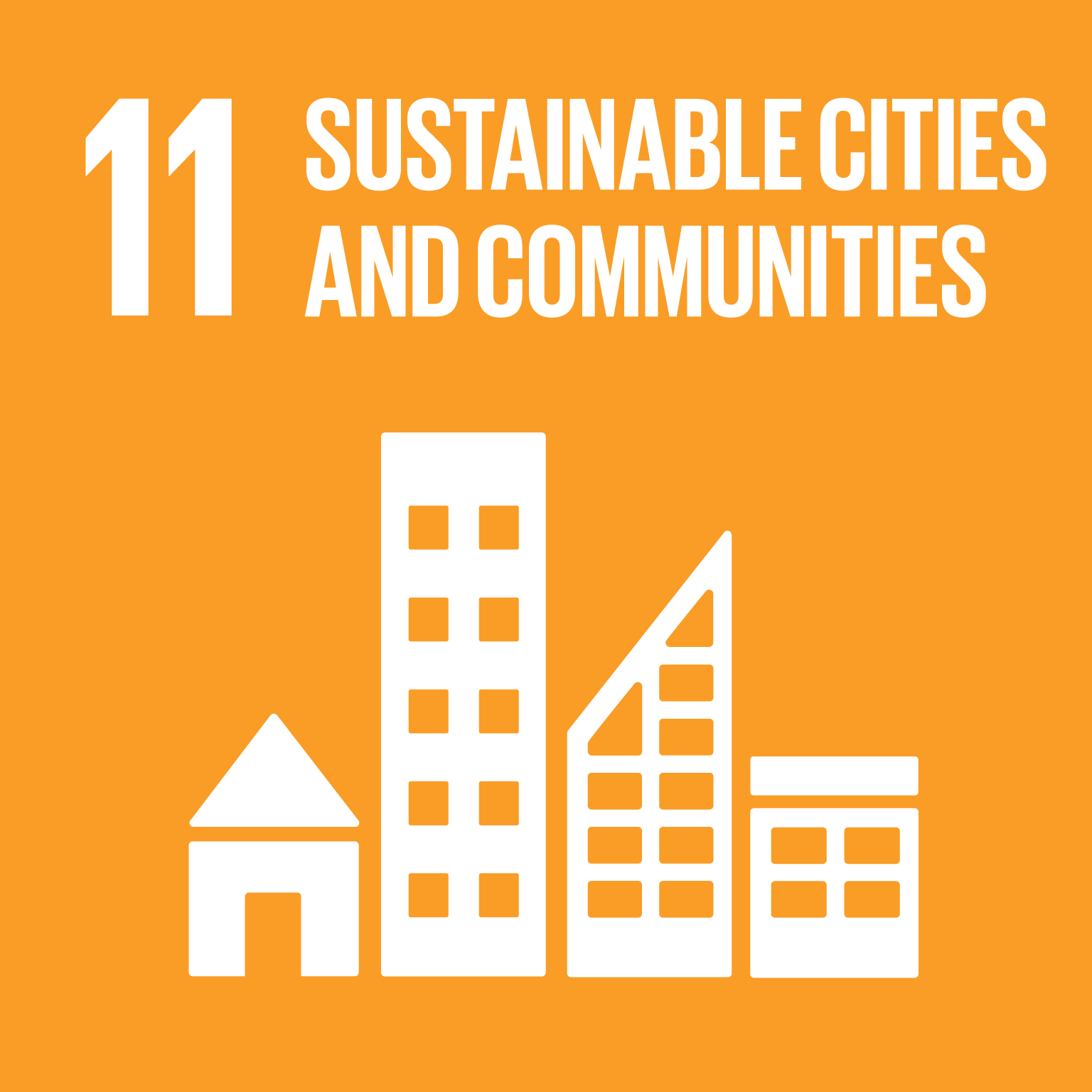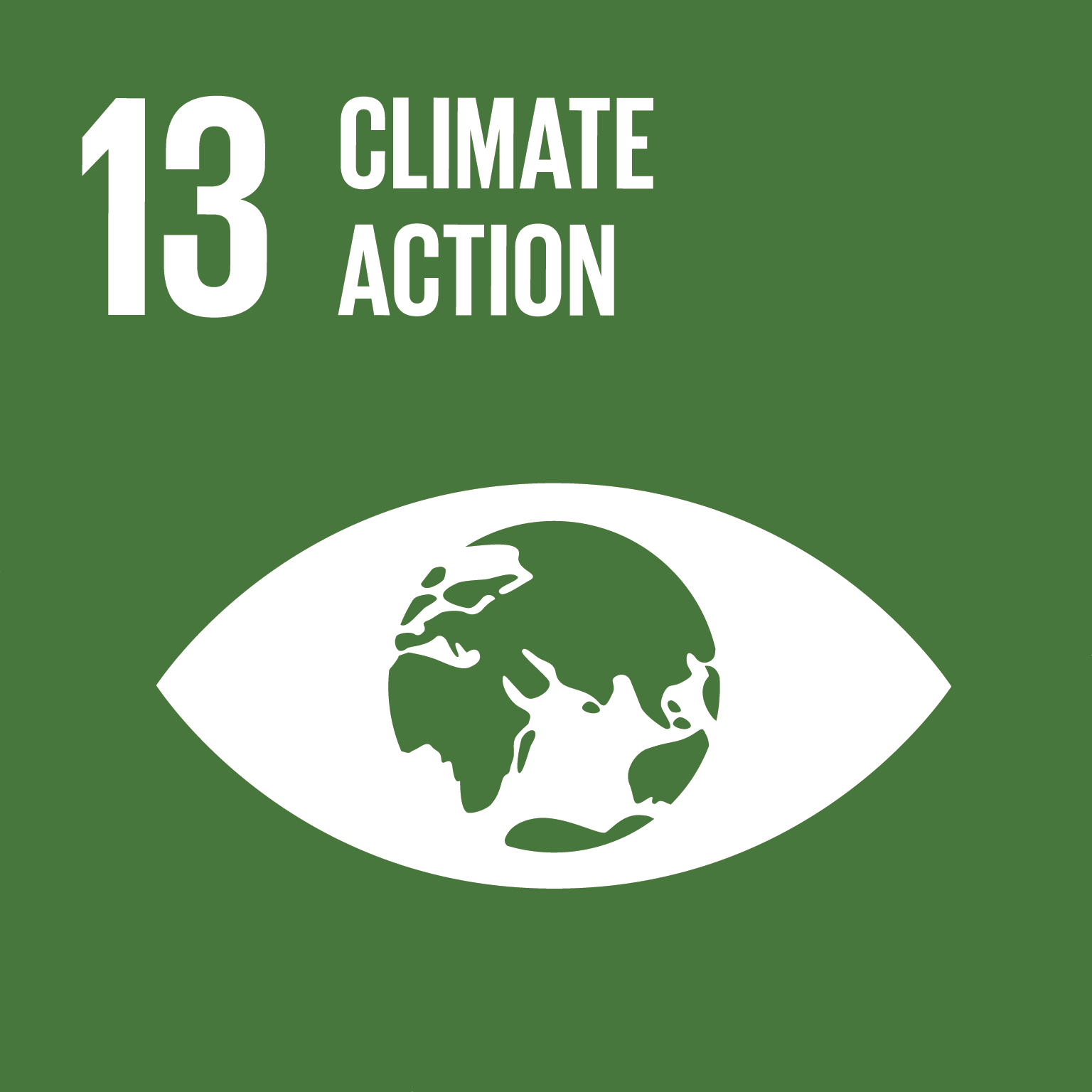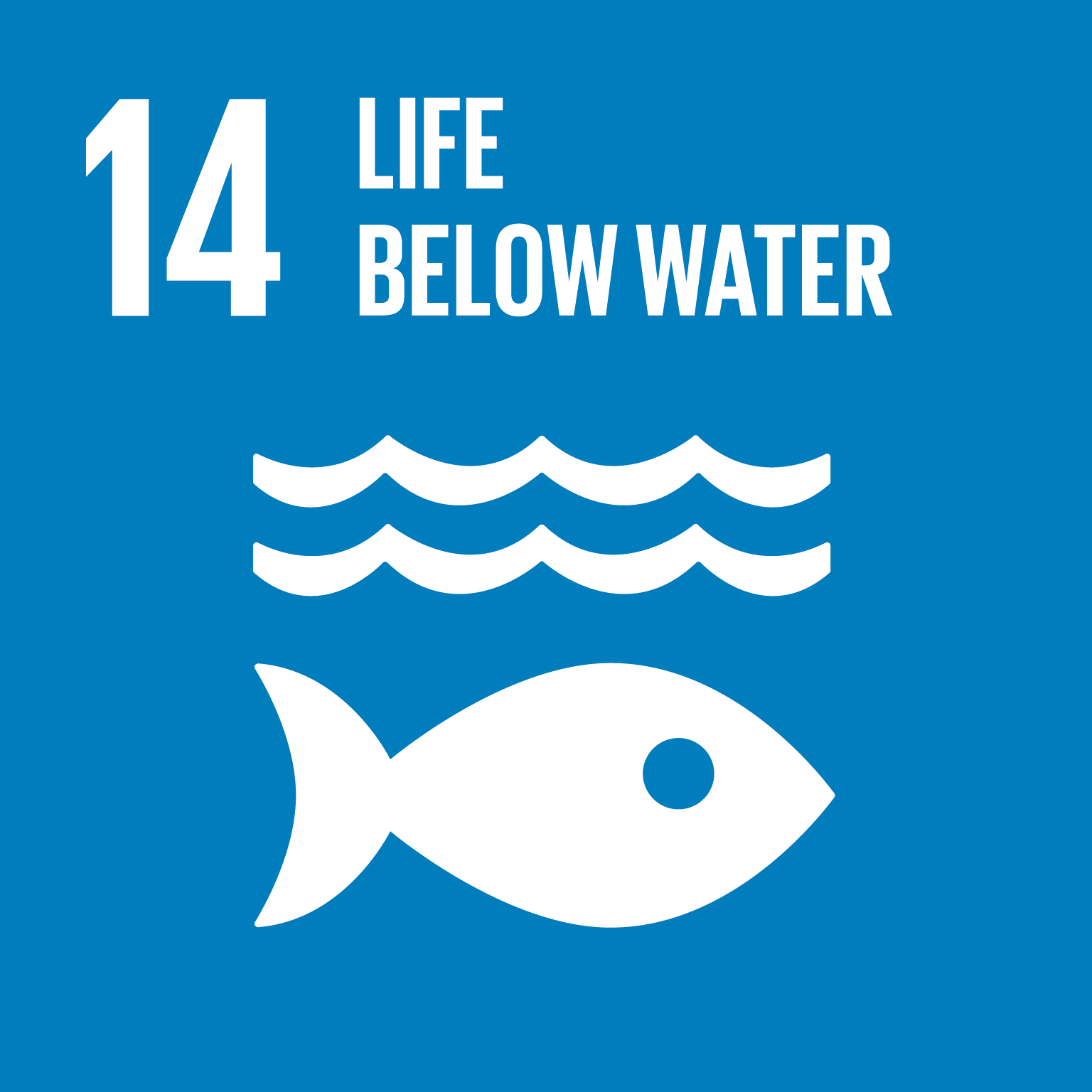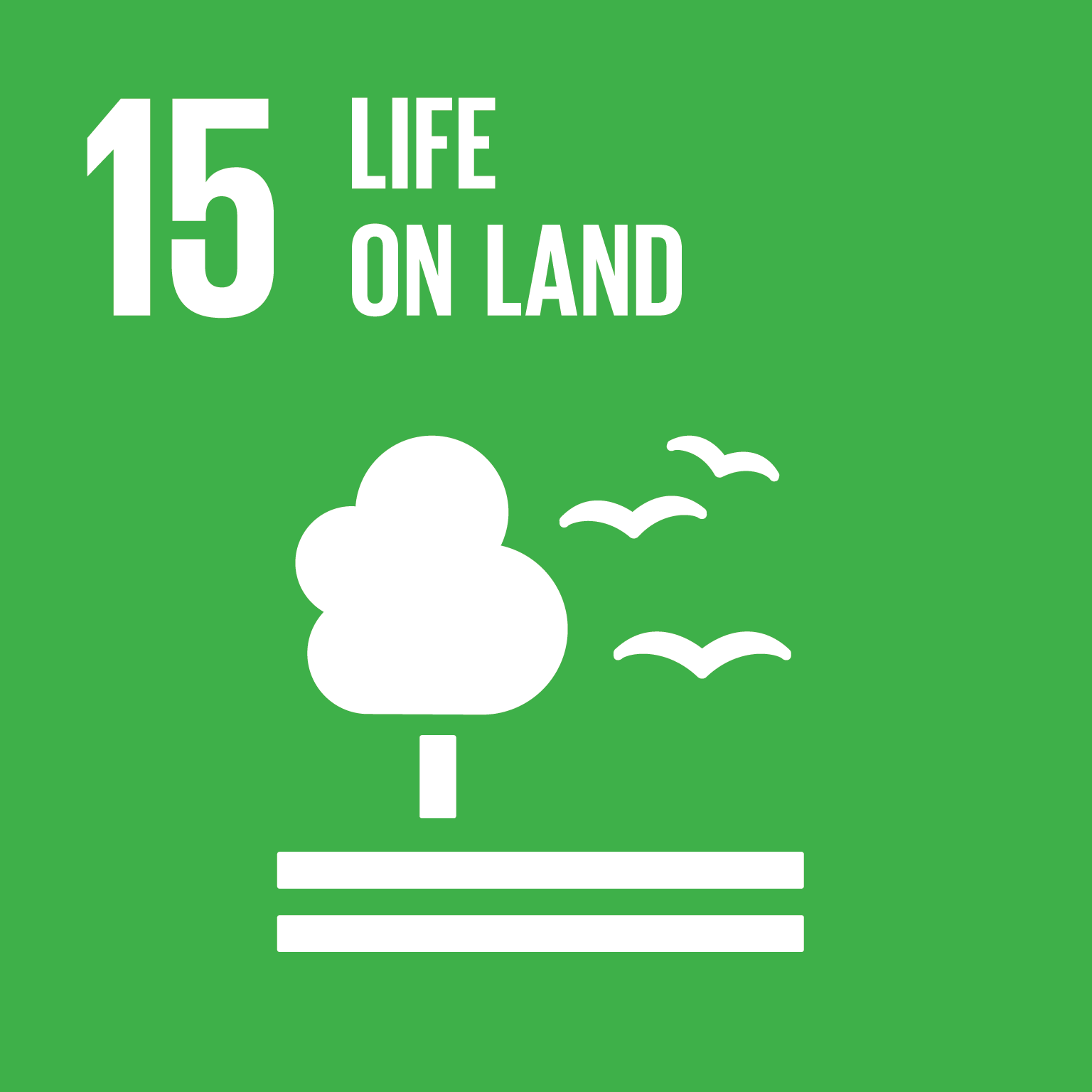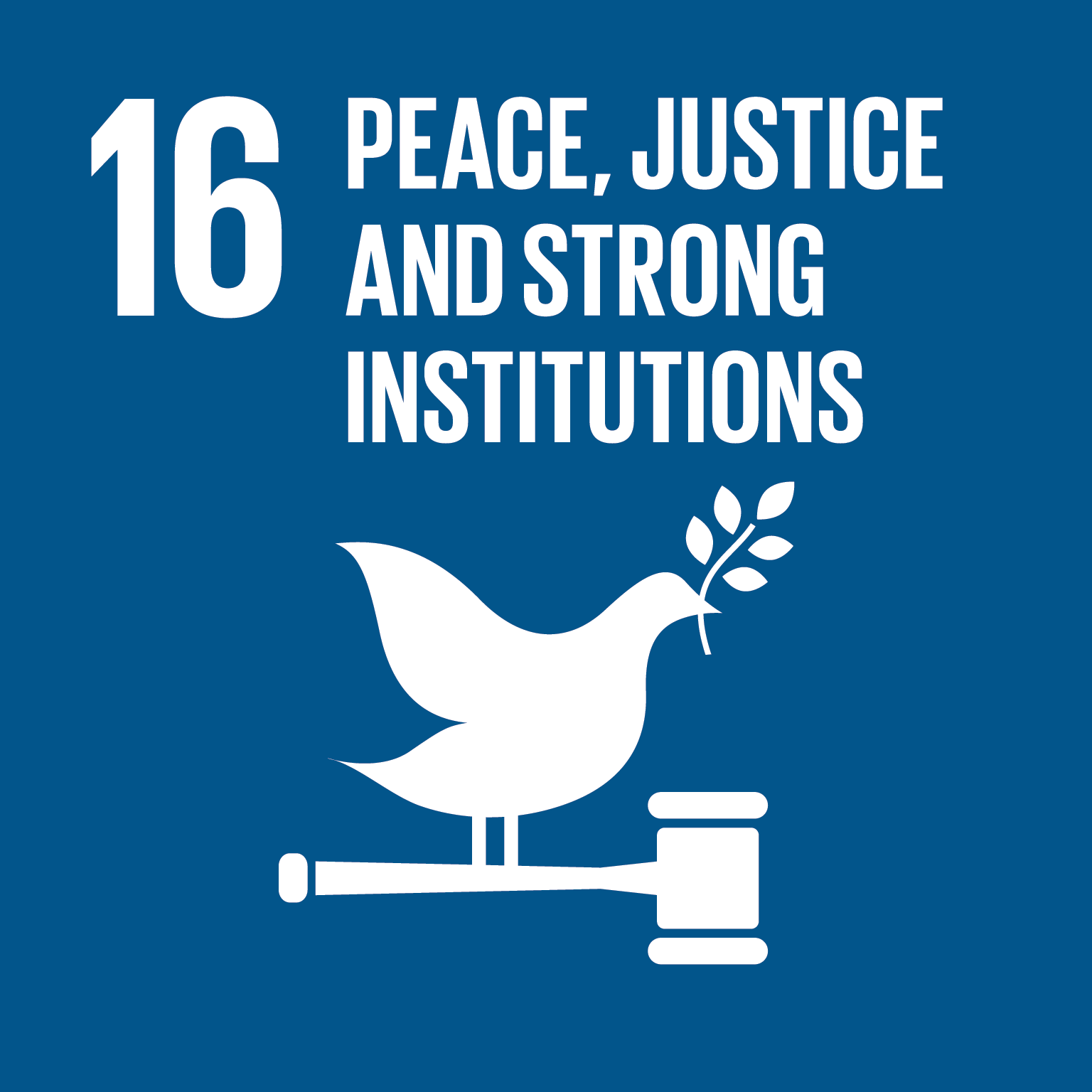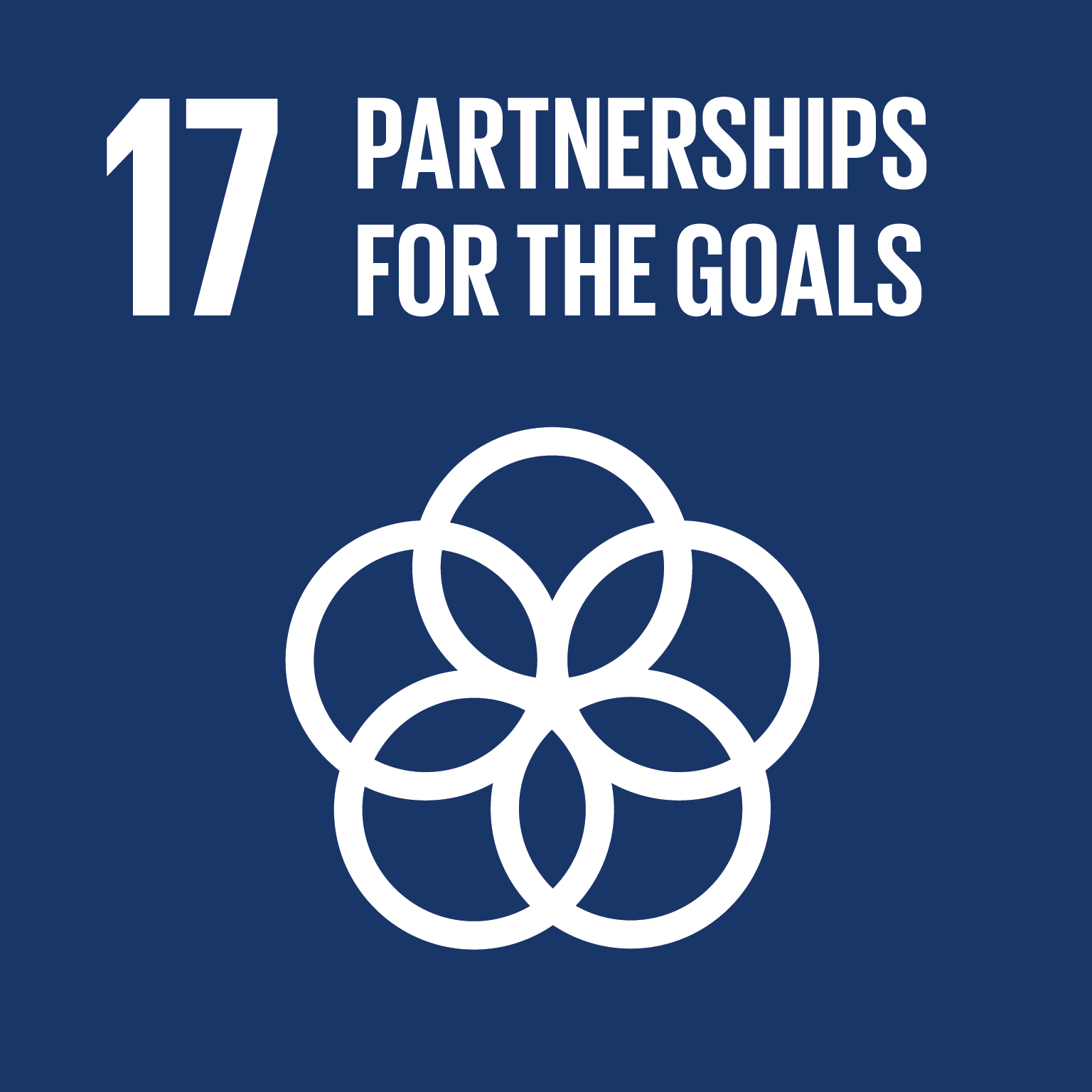Sustainable Development Goals - Overview
G4: Quality Education
Ensure inclusive and equitable quality education and promote lifelong learning opportunities for all
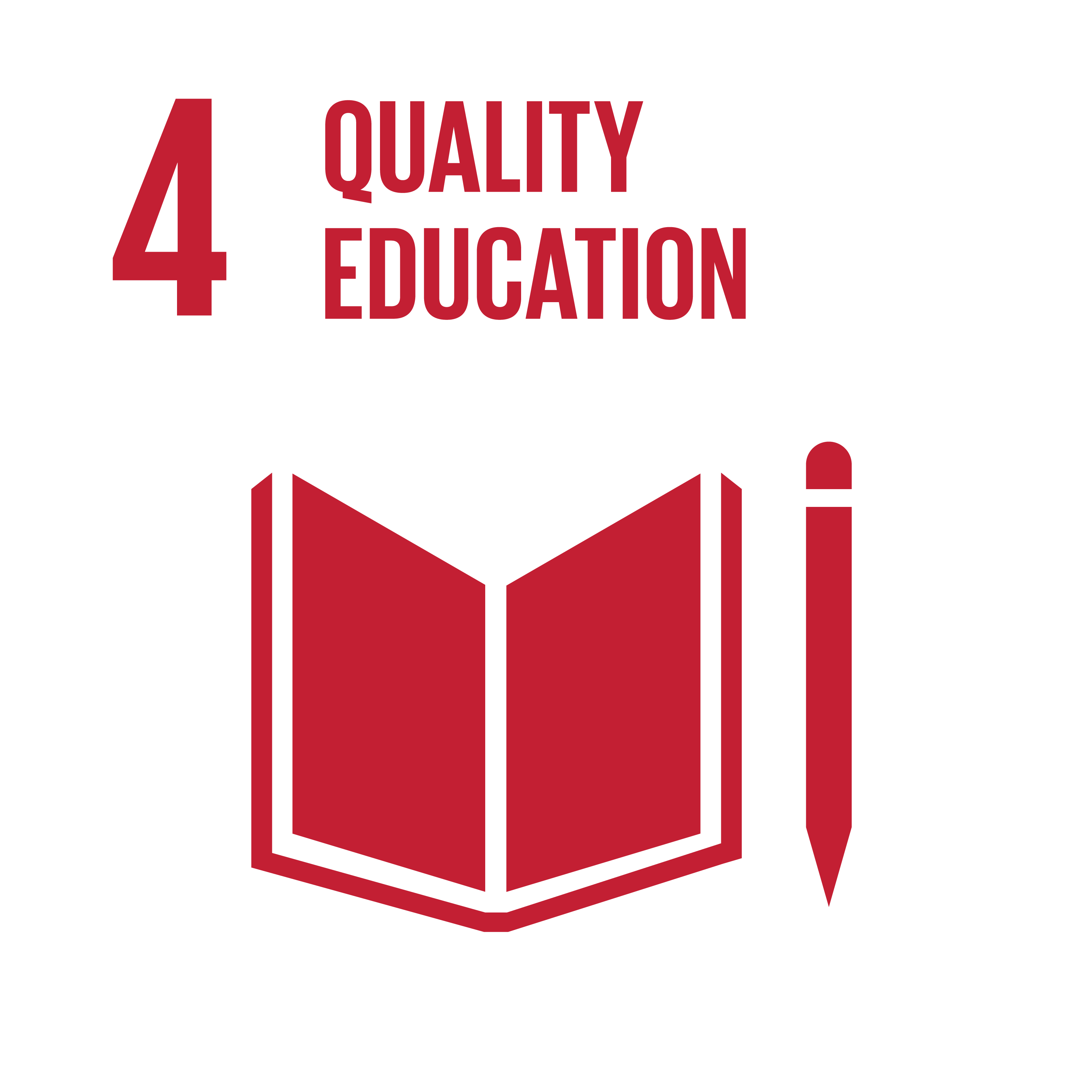
-
Target 4.1: By 2030, ensure that all girls and boys complete free, equitable and quality primary and secondary education leading to relevant and effective learning outcomes Environmental
-
Indicator 4.1.1: Proportion of children and young people: (a) in grades 2/3; (b) at the end of primary; and (c) at the end of lower secondary achieving at least a minimum proficiency level in (i) reading and (ii) mathematics, by sex Environmental
-
-
Target 4.2: By 2030, ensure that all girls and boys have access to quality early childhood development, care and pre-primary education so that they are ready for primary education Environmental
-
Indicator 4.2.1: Proportion of children under 5 years of age who are developmentally on track in health, learning and psychosocial well-being, by sex Environmental
-
Indicator 4.2.2: Participation rate in organized learning (one year before the official primary entry age), by sex Environmental
-
-
Target 4.3: By 2030, ensure equal access for all women and men to affordable and quality technical, vocational and tertiary education, including university Environmental
-
Indicator 4.3.1: Participation rate of youth and adults in formal and non-formal education and training in the previous 12 months, by sex Environmental
-
-
Target 4.4: By 2030, substantially increase the number of youth and adults who have relevant skills, including technical and vocational skills, for employment, decent jobs and entrepreneurship Economic
-
Indicator 4.4.1: Proportion of youth and adults with information and communications technology (ICT) skills, by type of skill Environmental
-
-
Target 4.5: By 2030, eliminate gender disparities in education and ensure equal access to all levels of education and vocational training for the vulnerable, including persons with disabilities, indigenous peoples and children in vulnerable situations Environmental
-
Indicator 4.5.1: Parity indices (female/male, rural/urban, bottom/top wealth quintile and others such as disability status, indigenous peoples and conflict-affected, as data become available) for all education indicators on this list that can be disaggregated Environmental
-
-
Target 4.6: By 2030, ensure that all youth and a substantial proportion of adults, both men and women, achieve literacy and numeracy Environmental
-
Indicator 4.6.1: Proportion of population in a given age group achieving at least a fixed level of proficiency in functional (a) literacy and (b) numeracy skills, by sex Environmental
-
-
Target 4.7: By 2030, ensure that all learners acquire the knowledge and skills needed to promote sustainable development, including, among others, through education for sustainable development and sustainable lifestyles, human rights, gender equality, promotion of a culture of peace and non-violence, global citizenship and appreciation of cultural diversity and of culture’s contribution to sustainable development Environmental
-
Indicator 4.7.1: Extent to which (i) global citizenship education and (ii) education for sustainable development, including gender equality and human rights, are mainstreamed at all levels in: (a) national education policies; (b) curricula; (c) teacher education; and (d) student assessment Environmental
-
-
Target 4.a: Build and upgrade education facilities that are child, disability and gender sensitive and provide safe, non-violent, inclusive and effective learning environments for all Environmental
-
Indicator 4.a.1: Proportion of schools with access to: (a) electricity; (b) the Internet for pedagogical purposes; (c) computers for pedagogical purposes; (d) adapted infrastructure and materials for students with disabilities; (e) basic drinking water; (f) single-sex basic sanitation facilities; and (g) basic handwashing facilities (as per the WASH indicator definitions) Environmental
-
-
Target 4.b: By 2020, substantially expand globally the number of scholarships available to developing countries, in particular least developed countries, small island developing States and African countries, for enrolment in higher education, including vocational training and information and communications technology, technical, engineering and scientific programmes, in developed countries and other developing countries Environmental
-
Indicator 4.b.1: Volume of official development assistance flows for scholarships by sector and type of study Economic Environmental
-
-
Target 4.c: By 2030, substantially increase the supply of qualified teachers, including through international cooperation for teacher training in developing countries, especially least developed countries and small island developing States Environmental
-
Indicator 4.c.1: Proportion of teachers in: (a) pre-primary; (b) primary; (c) lower secondary; and (d) upper secondary education who have received at least the minimum organized teacher training (e.g. pedagogical training) pre-service or in-service required for teaching at the relevant level in a given country Environmental
-
Goals
-
Goal 6.1: Increase access to quality, inclusive and relevant education and skills learning system for all citizens.
Strong Aspiration 6. Moonshot 6: Af
Targets
-
Target 6.1.2: At least 80% of children complete primary education with minimum required proficiency levels in reading, writing, mathematics, and digital skills.
Strong Weak -
Target 6.1.3: At least 80% of children below five complete at least two years of structured early childhood education and development (ECD) programme before primary education.
Strong -
Target 6.1.4: Attain a Teacher to Pupil ratio of 1:30 at primary school level and 1:15 at secondary school level.
Weak -
Target 6.4.2: Increase the proportion of youth-owned business by 10%.
Weak
Indicators
-
Indicator 49: Percentage of children who at the end of primary education have minimum required proficiency in reading, writing, mathematics and digital skills.
Strong -
Indicator 50: Enrolment rate of children below 6 years in early childhood education and development (ECD) for at least two years.
Strong -
Indicator 51: Qualified Teacher to Pupil ratio at primary school level.
Strong -
Indicator 52: Qualified Teacher to Student ratio at secondary school level.
Strong
Goals
-
Goal 1: Investing in people in least developed countries: eradicating poverty and building capacity to leave no one behind.
Strong Universal soci Achieving univ Achieving gend Population and Investing in y Water, sanitat Urbanization a Migration and Good and effec Building and s -
Goal 2: Leveraging the power of science, technology, and innovation to fight against multidimensional vulnerabilities and to achieve the Sustainable Development Goals.
Weak Access to mode Science, techn Promoting priv
Targets
-
Target 1.02.01: Ensure that all girls and boys complete free, equitable, inclusive and quality primary and secondary education, leading to relevant and effective learning outcomes and inclusive, sustainable economic growth..
Strong Strong Strong -
Target 1.02.02: By 2030, ensure equal access for all women and men to affordable, inclusive and quality technical, vocational and tertiary education, including university..
Strong Strong Strong -
Target 1.02.03: Achieving universal access to inclusive and quality education at all levels eliminates the gender gap in enrolment and completion and increases the quality of education for all in least developed countries..
Strong -
Target 1.02.04: Substantially expand globally the number of places and scholarships for students and trainees from least developed countries, in particular in the fields of science, education technology, business management and economics, and encourage the full uptake of scholarships available to students of least developed countries..
Strong Weak Weak -
Target 1.02.07: Expand professional training and quality apprenticeships and promote other active labour market policies to facilitate a smooth school-to-work transition for young people, especially young women..
Strong Weak -
Target 1.03.05: Ensure inclusive and equitable quality education and promote lifelong learning opportunities for all..
Strong Strong -
Target 1.05.01: Ensure, by 2030, that all young people achieve literacy and numeracy..
Strong -
Target 1.05.02: Ensure access to lifelong digital learning opportunities for skills development..
Strong -
Target 1.05.04: Increase access to safe and healthy working conditions, decent work opportunities, knowledge and skills for all young people in the least developed countries..
Strong -
Target 1.08.03: Invest in the skills development of migrants and facilitate mutual recognition of skills, qualification and competences..
Weak -
Target 2.01.07: Build human capital through skills development, including digital skills and literacy, and expand professional competencies..
Strong Strong
Indicators
-
Indicator 1.02.01.01: Proportion of children and young people (a) in grades 2/3; (b) at the end of primary; and (c) at the end of lower secondary achieving at least a minimum proficiency level in (i) reading and (ii) mathematics, by sex.
Strong -
Indicator 1.02.02.01: Participation rate of youth and adults in formal and non-formal education and training in the previous 12 months, by sex.
Strong -
Indicator 1.02.03.01: Parity indices (female/male, rural/urban, bottom/top wealth quintile and others such as disability status, indigenous peoples and conflict-affected, as data become available) for all education indicators on this list that can be disaggregated.
Strong -
Indicator 1.02.04.01: Volume of official development assistance flows for scholarships.
Strong -
Indicator 1.02.05.01: Proportion of schools with access to computers for pedagogical purposes, by education level (%).
Strong -
Indicator 1.02.05.02: Proportion of schools with access to basic drinking water, by education level (%).
Strong -
Indicator 1.02.05.03: Proportion of schools with access to electricity, by education level (%).
Strong -
Indicator 1.02.05.04: Proportion of schools with basic handwashing facilities, by education level (%).
Strong -
Indicator 1.02.05.05: Proportion of schools with access to the internet for pedagogical purposes, by education level (%).
Strong -
Indicator 1.02.05.06: Proportion of schools with access to single-sex basic sanitation, by education level (%).
Strong -
Indicator 1.02.05.07: Proportion of schools with access to adapted infrastructure and materials for students with disabilities, by education level (%).
Strong -
Indicator 1.03.02.01: Parity indices (female/male) for secondary/tertiary education enrollment.
Strong -
Indicator 1.05.01.01: Youth literacy rate.
Weak -
Indicator 1.05.02.01: Proportion of youth with information and communications technology (ICT) skills, by type of skill.
Strong -
Indicator 2.01.07.01: Proportion of youth and adults with information and communications technology (ICT) skills, by type of skill.
Strong
Goals
-
Goal 1: Structural transformation and science, technology and innovation.
Strong -
Goal 2: Trade, trade facilitation and regional integration.
Weak -
Goal 5: Means of implementation.
Weak
Targets
-
Target 1.01.04: Ensure increased access to inclusive, equitable and quality education, training and skills development, including science, technology, engineering and mathematics education, with a particular focus on bridging the digital divides, including the gender digital divide..
Strong Strong Strong Strong Strong Strong Strong Strong -
Target 1.03.03: Establish regional digital platforms for peer-to-peer level learning, trainings and capacity-building..
Weak Weak
Indicators
- No alignments!

